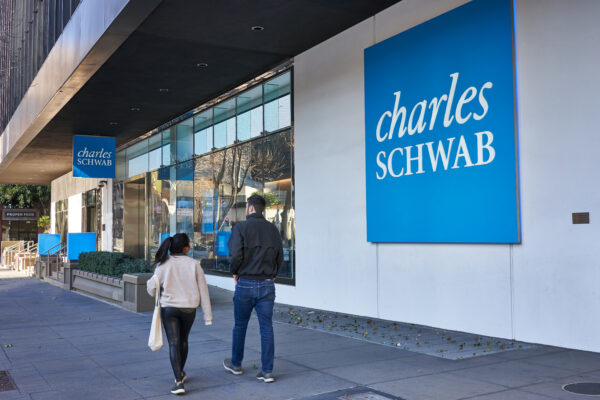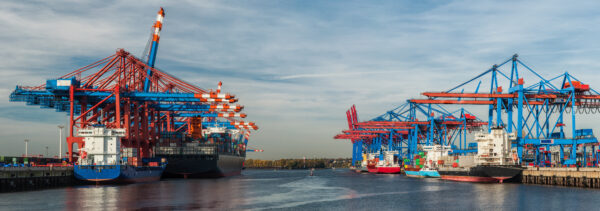Is Chevron’s Dividend Safe With Lower Oil Prices?
Dividend investors are concerned with recent market volatility. But Chevron’s dividend history is long, and it might now make a better addition to income portfolios. Investors have beat down Chevron’s stock. They’re worried that lower oil prices might lead to a dividend cut. So let’s take a look at the business, dividend history and payout safety going forward.
Chevron Oil Business
Chevron is a $133 billion business. The company is based out of California, and it employs about 48,000 people. Last year Chevron pulled in $140 billion in sales, and that works out to $2.9 million per employee.
The company is an energy giant and holds an AA credit rating from the S&P. This allows Chevron to issue cheap debt to build the business and finance other initiatives.
Chevron Dividend History
The company paid investors $2.84 per share a decade ago. Over the last 10 years, the dividend has climbed to $4.76. That’s a 68% increase, and you can see the annual changes below…

The compound annual growth rate is 5.3% over 10 years… and over the last year, Chevron’s dividend has climbed 6.2%. This higher increase in dividend growth is generally a good sign for investors. And Chevron stock might work out as a great income investment. Let’s take a look at the yield…
Current Dividend Yield vs. Historical Average
Chevron’s long history of paying dividends makes it one of the best dividend stocks around. This also makes the dividend yield a great indicator of value. A higher yield is generally better for buyers. Sustainability is also vital, and we’ll look at that soon.
The dividend yield comes in at 7.28%, and that’s well above the 10-year average of 3.73%. The chart below shows Chevron’s dividend yield over the last 10 years…

The higher yield shows that investors have bid down the company’s market value. And that makes sense after a marketwide crash and drop in oil prices. If markets stabilize and prices climb, the dividend yield will revert back toward its mean.
Is Chevron’s Dividend Safe?
Many investors look at the payout ratio to determine dividend safety. They look at the dividend per share divided by the net income per share. So a payout ratio of 60% would mean that for every $1 Chevron earns, it pays investors $0.60.
The payout ratio is a good indicator of dividend safety… but accountants manipulate net income. They adjust for goodwill and other noncash items. A better metric is free cash flow.
Here’s Chevron payout ratio based on free cash flow over the last 10 years…

The ratio is volatile and has fallen well into the red for a few years. But the last year shows a payout ratio of 67.9%. This would normally give room for Chevron’s board of directors to raise the dividend. But with a steep drop in recent oil prices, Chevron’s profitability will drop. This puts pressure on paying future dividends.
The longer oil prices remain low, the more pressure on Chevron. If prices don’t climb and stabilize in the next year or two, there’s a much higher chance of Chevron cutting its dividend. And if we enter a global recession, oil prices might remain lower for longer. So Chevron’s dividend isn’t looking too safe in the current environment.
Instead of relying on Chevron stock for income, there are plenty of safer dividend stocks right now. For starters, check out these 20 Consumer Staple Dividend Stocks. And for more investing insight, you can sign up for our free e-letter below. It’s packed with investing tips and ideas from market experts.





